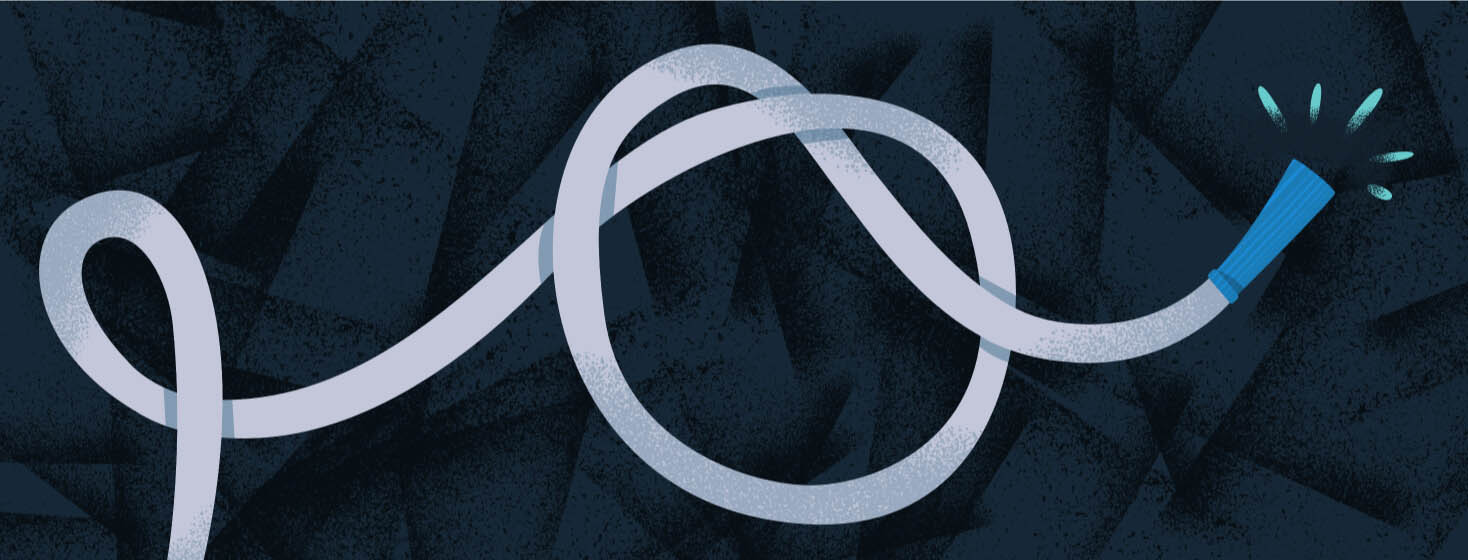The Dreaded NG Tube
A nasogastric tube is sometimes needed after an intestinal blockage. I've had quite a few blockages over the years, but have only had the NG tube put in once. Although there was an additional time where they tried to insert the NG tube but failed.
For those unfamiliar with this process, I figured it couldn't hurt to provide some rudimentary background information from my experience.
What are the symptoms of an intestinal blockage?
After an intestinal blockage, you will need to go to the ER. A blockage is a serious occurrence that must be treated by medical experts.
How do you know you are having a blockage? First of all, it is generally accompanied by excruciating pain.
Second, you will not be able to pass gas or defecate. Third, you may have something called fecal vomiting — I had this at least — which involves vomiting up fecal matter (it’s about as unpleasant as it sounds).
You also may either be extremely hot, with sweat pouring rapidly down your neck or bitterly cold (at times you might even alternate between the two). In sum, you will likely feel horrible and will need to go to the hospital immediately.
These are not necessarily all of the symptoms everyone would experience with a blockage.
How are blockages treated?
Although a blockage can be quite scary and unpleasant, generally speaking, it is not the end of the world. Many blockages clear up on their own. Others, unfortunately, require surgical intervention. It is always a good idea to seek medical attention.
Luckily, after an operation, the patient often feels much better. Either way, if you make it to the hospital rapidly odds are you will be okay, so try to remain calm and do what you can to get through it.
In the ER doctors will likely take X-rays, give you a CT scan with contrast, and provide pain meds (usually morphine). In the event that they don’t provide pain meds and you are uncomfortable, be sure to request them.
They will also monitor you very closely for any possible exacerbation of symptoms. Presuming the tests reveal a full obstruction that does not seem to be improving through medical interventions, your doctor may suggest an NG tube.
What to expect with an NG tube
Don’t freak out. The NG tube is uncomfortable, but then again it is not the worst thing in the world. After my first obstruction, in 2001, my NG tube was in for a few days.
Basically, doctors held my head back, slid it through my nostril, and then down the back of my throat into my stomach. It then slowly pumped fluid out of my stomach so that there were fewer food particles and bile trying to get through the obstructed portion of my intestine.
Why NG tubes are so important
Getting an NG tube put in can save your life. This is because, owing to peristalsis (when food is stuck in your intestine), your GI tract keeps working to move it along. With no avenue to do so, it is possible your intestinal wall will perforate, causing sepsis, which can be fatal.
All of this is to say that the potential health benefits of an NG tube make it a necessary evil. It can also drastically bring down abdominal bloating.
After this NG tube cleared me out over a period of two days, I was given enemas and prepped for surgery. I was then given an intestinal resection. Without the NG tube, that surgery would have been way riskier.
So though I dread getting an NG tube put in again, there is no doubt it is an important medical treatment that often has many benefits. Thanks for reading and as always feel free to comment below.

Join the conversation